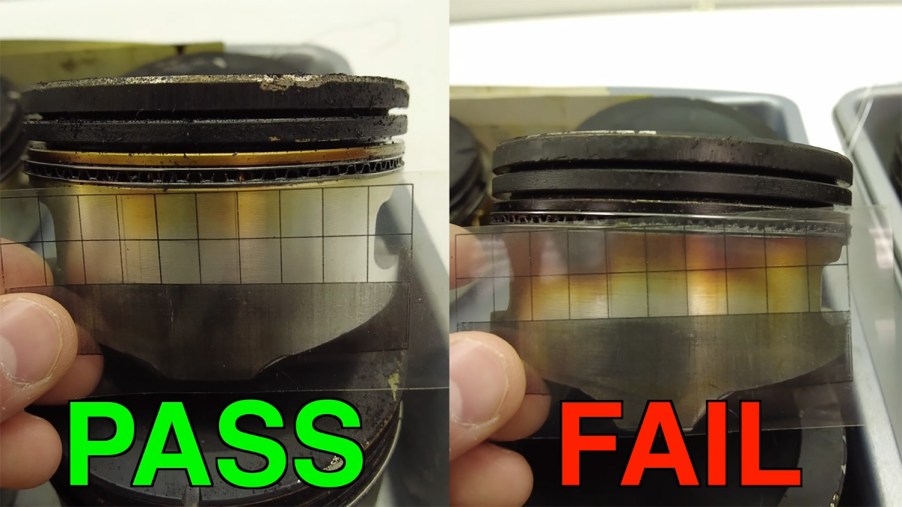
Engine Oil Torture Video Shows How Modern Oil Is Always Improving
Most people understand that an oil change is essential for maintaining a car. However, everyone may not realize that engine oil is far different from what it used to be. Though the concept is still pretty much the same, motor oil companies have never stopped developing new technology to promote longevity and resistance to creating sludge. As you’re about to see, oil goes through a strenuous testing process to ensure that it is as modern as the cars it goes in.
Take an inside look at the strenuous testing Mobil1 puts its oils through

Jason Fenske from the Youtube channel Engineering Explained got to take a behind-the-scenes look at the testing processes Mobil1 uses on their engine oil and brought us all along for the ride.
The first test Mobil1 puts its oil through consists of effectively creating the worst possible engine efficiency. Mobil1 performs this test with a 4.6-liter Ford V8 engine with a handful of modifications to create conditions in which the gasoline makes its way to the engine oil. This is achieved by cycling the oil and coolant temperature, air-to-fuel ratio, and using pistons with enlarged ring gaps to promote blowby. Additionally, the test uses intentionally dirty fuel with precursors to creating engine sludge.
The test consists of a 216-hour period in which the engine runs continuously. Fenske states that the result is a fuel dilution of between 12 to 15 percent in the oil circulating through the engine. Of course, the goal for dilution in an engine on the road is zero. So, the test effectively creates a worst-case scenario to test the oil’s resistance to creating sludge. Once the test is complete, the engine is disassembled and inspected for sludge and varnish and compared to standardized test requirements.
The next test sees oil in an engine running at five times the average load for 90 hours
In the second test, Mobil1 uses a Chrysler 3.6-liter V6 engine that, again, uses low-quality gasoline that’s extremely hard on the engine compared to pump gas. Additionally, stays at a constant RPM of 3,900. This keeps the oil temperature at 151 degrees celsius for a total of 90 hours. Other than stopping in 20-hour intervals to check the engine’s oil level, it runs continuously throughout the test.
The industry standard maximum for viscosity increase is 100 percent. So, an engine oil can no more than double its viscosity when it comes to this test. However, Mobil1 claims that it blows these standards out of the water with its oil, beating this regulation up to 20-fold. This means the oil in question would increase its viscosity by only five percent over the duration of the test.
The test also compares deposits on the pistons against industry standards. The results of which are plainly visible when comparing the third ringland and piston ring groove.
The final test Fenske outlines in the video is a 120,000-mile dynamometer test. Using a 2019 Toyota Rav4 as a testbed for this particular test. The dyno Mobil1 uses alternates the load throughout the test to simulate highway driving, city driving, and climbing a grade.
Mobil1 technicians drain and change the oil at 20,000 miles, then at varying mileages over 20,000 for the remainder of the test. Then, like in previous tests, workers remove and disassemble the engine, inspecting components for excessive wear and sludge.
Additionally, techs closely monitor the engine’s fuel usage is throughout the test. This gives Mobil1 the opportunity to see how the degradation of the oil affects the engine’s efficiency.
Though it may look like the same old engine oil, it’s constantly evolving

There’s a reason the 3,000-mile oil change is a thing of the past. Between the technology that goes into building modern engines and developing extra long-lasting modern engine oil, your service intervals may be a lot further apart than you think.
Overall, it’s an awesome opportunity to take a look into the behind-the-scenes world of engine oil development. The stress testing process is far more involved than many folks might imagine!



